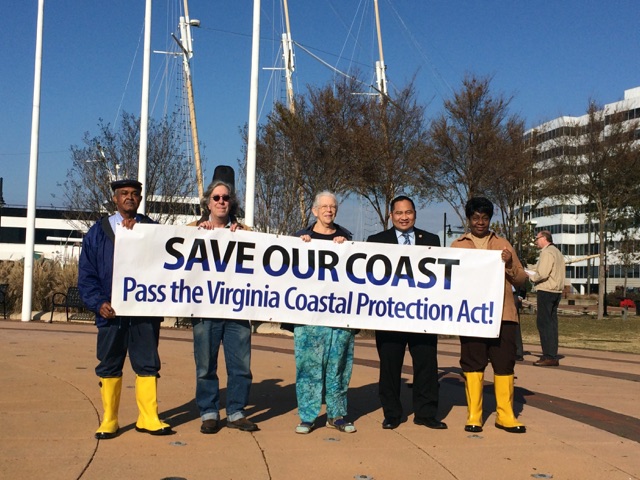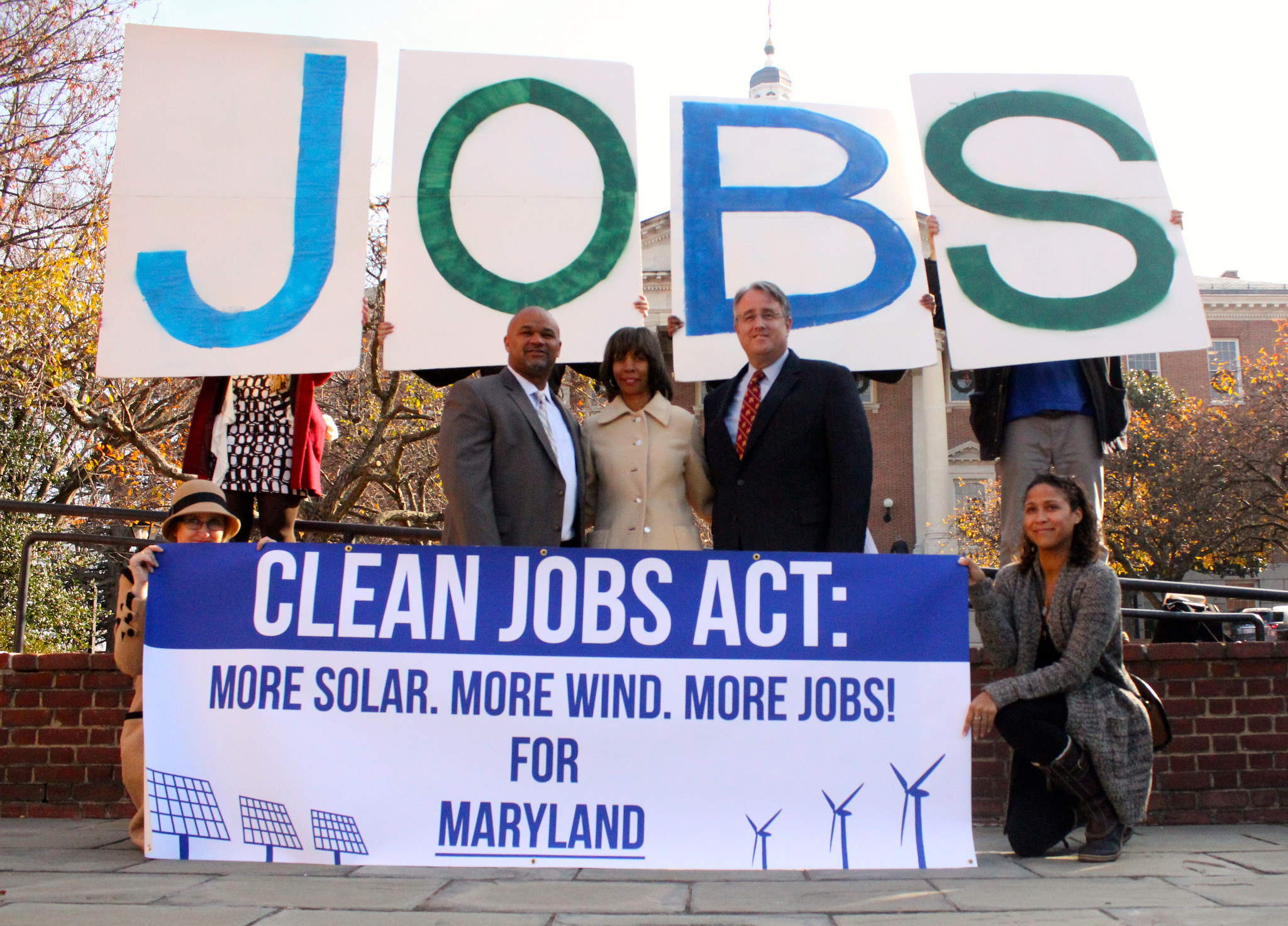Dominion’s Approach to Federal Clean Power Plan Would Harm Virginia’s Future
RICHMOND – A wide array of Virginia civic, health, faith, and environmental leaders today released a letter asking Governor Terry McAuliffe to reject all efforts by Dominion Virginia Power to push for implementation of historic federal clean power rules in a way that would increase carbon pollution in the Commonwealth.
Leaders representing 50 organizations reminded McAuliffe that only he, as governor, is authorized to make the final decision on how to implement the Environmental Protection Agency’s “Clean Power Plan” in Virginia. It is therefore his explicit responsibility to reduce carbon emissions while strengthening Virginia’s economy and helping improve public health. Anything less will support more pollution, which is “fundamentally contrary” to existing U.S. policy and the interests of Virginia residents, the groups write.
“I cannot remember such a diverse range of groups weighing in on a pollution issue in Virginia before,” said Tram Nguyen, co-executive director of the group New Virginia Majority. “This letter calls for action on what we hope will be the governor’s greatest legacy. The governor can adopt a plan that will strengthen our economy while protecting people’s health now and for generations to come.”
The letter states that Virginia should reduce its total carbon pollution from power plants at least 30% by the year 2030, by applying the same standards to both existing and new power plants, and increasing our use of energy efficiency and renewable energy.
But Virginia utilities, led by Dominion CEO Tom Farrell, want a plan that would apply the federal rule only to old, existing power plants – not new fossil fuel power plants. This would allow Dominion to increase carbon pollution for decades more.
“This will be the governor’s most significant environmental decision,” said Claire Wyatt with the Virginia Student Power Network. “Virginia needs to do its part to cut carbon pollution which is fueling climate change, and threatening our health and infrastructure.”
“Across the Commonwealth, we understand that dirty energy is harming our neighbors, close to home and around the world, and that we have a moral responsibility to do our part to cut carbon pollution,” said Rev. Dr. Faith B. Harris of Virginia Interfaith Power & Light, through which hundreds of Virginia’s faith communities are speaking out in support of the Clean Power Plan. “We’re already hard at work shifting to cleaner energy in our congregations, and we call on Governor McAuliffe to follow our lead.”
The Clean Power Plan, released by the EPA last August under the Clean Air Act, aims to reduce carbon pollution from power plants 30% by 2030.
If implemented with energy efficiency and renewable energy, the Clean Power Plan will yield many benefits for Virginians, including reducing the rates of childhood asthma and supporting efforts to reduce sea-level rise and related flooding in our coastal communities.
Groups signing the letter include: the Hampton Roads Hispanic Chamber of Commerce, Hip Hop Caucus, Virginia Council of Churches, the Healthy Food Coalition, Black Action Now, The Association of Energy Conservation Professionals, Secure Futures, Old Dominion Energy Services, Alliance of Nurses for Healthy Environments, Virginia Student Power Network, Virginia Organizing, We Act for Environmental Justice, Wetlands Watch, Wild Virginia, and more.
The letter to Governor McAuliffe concludes by saying, “Never in history has a Virginia governor had greater authority, greater responsibility and a greater opportunity to combat harmful carbon pollution.”
View the full text of the letter to Gov. McAuliffe at: http://chesapeakeclimate.org/wp-content/uploads/2016/01/CleanPowerPlan_GovernorLetter_1.18.16.pdf
Contact:
Kate Addleson, kate.addleson@sierraclub.org, 703-963-5800
Kelly Trout, kelly@chesapeakeclimate.org, 240-396-2022
###



